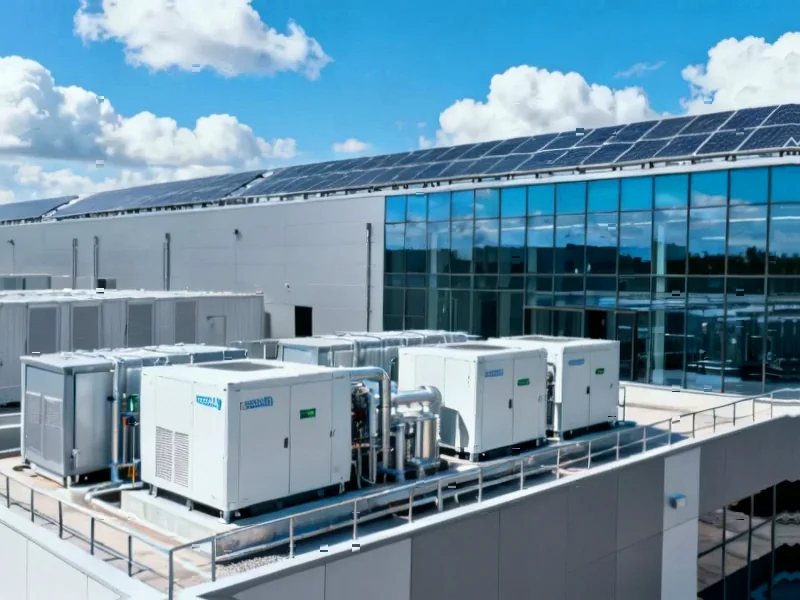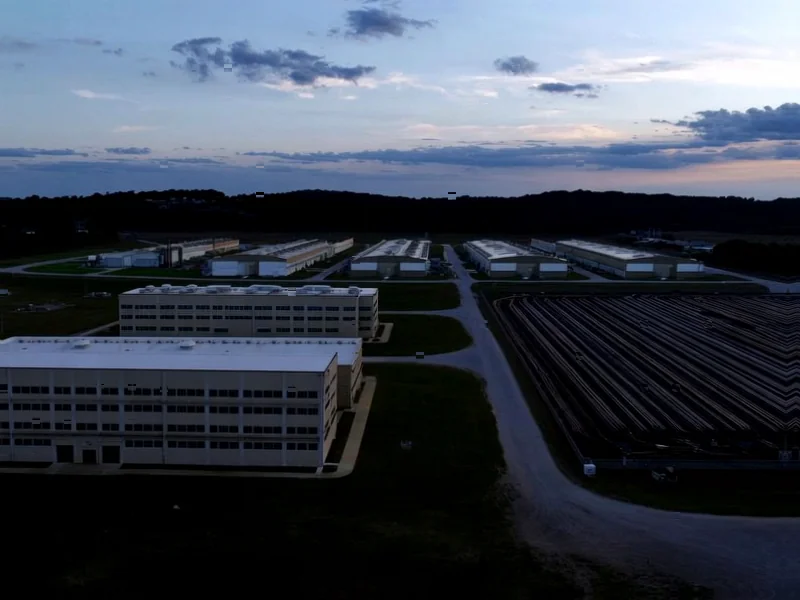According to DCD, a new district heating network in Milton Keynes, UK, will reuse waste heat from local data centers to warm buildings including Milton Keynes University Hospital. The £95 million ($124.7m) Milton Keynes Energy Network received planning permission and will begin construction next year, with operations scheduled for 2027. The network, operated by 1Energy, is expected to generate 100GWh of heat annually—enough for 20,000 homes—and received £17.6 million ($23.1m) from the government’s Green Heat Network Fund. The hospital plans to connect to the network as part of its goal to achieve net zero emissions by 2030, with Tony Marsh, director of estates and facilities, telling the BBC that the partnership will “cut carbon emissions significantly while ensuring our heating infrastructure is resilient and future-ready.” This innovative approach signals a major shift in how data centers can contribute to urban sustainability.
The Emerging Waste Heat Economy
This project represents a fundamental rethinking of data center economics. Traditionally, data centers have been viewed as energy consumers with limited positive externalities. The Milton Keynes initiative demonstrates that waste heat—previously considered a liability requiring expensive cooling systems—can become a valuable revenue stream. According to the company’s announcement, this creates a circular economy model where data centers transition from pure energy consumers to energy redistributors. For operators like 1Energy, this opens up entirely new business models beyond simply selling computing power.
Competitive Landscape Shifts
The ability to monetize waste heat creates new competitive advantages for data center operators in location selection and pricing strategies. Facilities that can efficiently capture and transfer heat gain significant ESG credentials and potentially lower operating costs through heat sales. This could drive a repositioning in the UK data center market, with locations near potential heat customers—hospitals, universities, residential districts—becoming more valuable. The government’s £17.6 million grant indicates policy support for this model, suggesting similar projects may receive favorable treatment in planning and funding decisions.
Scalability and Technical Hurdles
While promising, the district heating model faces significant scalability challenges. The efficiency of heat transfer decreases with distance, limiting how far waste heat can be practically transported. This requires careful urban planning and co-location of data centers with heat consumers—a coordination challenge that the city’s development history shows can be complex. Additionally, data center heat is typically low-grade (30-40°C), requiring supplementary heating or advanced heat pump technology to reach useful temperatures for most applications. The 2027 operational timeline suggests significant engineering work remains.
Ripple Effects Across Industries
The success of this model could transform multiple industries beyond data centers. HVAC manufacturers may need to develop specialized heat exchange equipment, while urban planners might revise zoning regulations to encourage data center placement near potential heat customers. For healthcare facilities like Milton Keynes University Hospital, reliable, affordable heating becomes more achievable while supporting sustainability goals. The 100GWh annual capacity indicates this isn’t a niche solution—it represents meaningful energy infrastructure that could displace traditional heating fuels across entire communities.
The Path Forward
Looking ahead, we can expect more data center operators to explore waste heat monetization, particularly in regions with high energy costs and strong sustainability mandates. The Milton Keynes project serves as a crucial proof-of-concept that could accelerate similar developments across the UK and Europe. However, widespread adoption will require standardized interfaces for heat transfer, clearer regulatory frameworks, and continued government support through programs like the Green Heat Network Fund. As data center energy consumption grows globally, turning waste heat into a community asset represents one of the most promising paths toward sustainable digital infrastructure.




